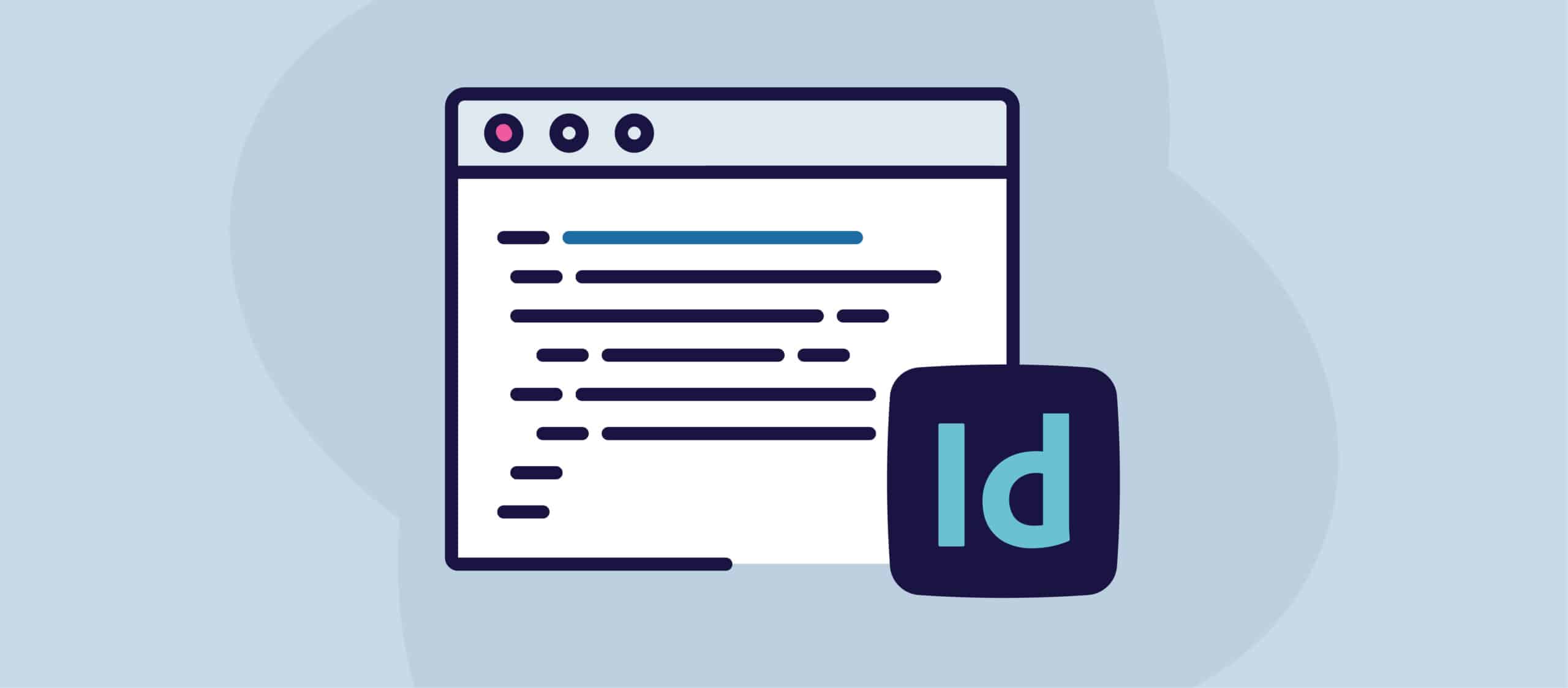Ontario is recognized for offering some of the most comprehensive web accessibility standards in the world, thanks to the Loi sur l'accessibilité pour les personnes handicapées de l'Ontario (LAPHO). Introduced in 2005, the AODA sets a clear goal: to create a barrier-free Ontario by 2025. This provincial law regulates accessibility across various sectors—government, public, and private—addressing customer service, employment, information and communications, transportation, and public spaces. Notably, AODA also extends its accessibilité du web regulations to include accessible video content.
AODA’s Vision: An Accessible Ontario by 2025
According to Ontario’s Ministry of Community and Social Services, one in seven Ontarians has a disability, and this number is expected to rise to one in five by 2036. The AODA was established to ensure that no individual is excluded from full participation in society due to a disability. The law mandates the removal of barriers—whether physical, technological, or informational—so that individuals with disabilities can have equal access to public and private life.
To meet its 2025 goal, Ontario enacted a series of phased regulations, including the Accessibility Standards for Customer Service (2008) and the Integrated Accessibility Standards Regulation (2011). These set clear expectations for digital and physical accessibility.
Key Milestones in AODA Compliance
Several major updates have shaped Ontario’s path to full accessibility compliance:
Accessible Educational and Training Materials (January 1, 2020). Educational and training institutions must provide accessible or conversion-ready formats of supplementary resources upon request.
Accessible Library Materials (January 1, 2020). Libraries must offer accessible formats of digital and multimedia materials.
Accessible Websites and Apps (January 1, 2021). Organizations are required to ensure that websites and web-based applications comply with WCAG 2.0 Level AA standards.
WCAG: The Standard for AODA Compliance
The AODA’s digital accessibility guidelines are aligned with the Web Content Accessibility Guidelines (WCAG), a global benchmark for online accessibility. Organizations must ensure that any websites or web content published after January 1, 2012, comply with WCAG 2.0 Level AA. These guidelines focus on making online content perceivable, operable, understandable, and robust*, ensuring accessibility for users of all abilities.
Education and AODA Compliance
Although there are no official AODA standards specific to education, the law still impacts educational institutions, including K-12 schools and universities, as well as private publishers:
- Schools and Universities: Institutions with 50 or more employees must comply with AODA requirements for web accessibility and make contenu numérique accessible. They must also provide accessible learning materials upon request and ensure that educators are trained in accessibility awareness.
- Educational Publishers: Private textbook publishers and other providers of educational materials are required to make their content accessible, and web content must comply with WCAG 2.0 Level AA standards.
- Libraries: Public libraries and large private libraries are also required to offer accessible digital and multimedia resources, aligning with AODA standards.

Private Businesses and AODA Compliance
Private businesses in Ontario are subject to AODA regulations, with the extent of requirements varying based on company size:
- Companies with fewer than 20 employees must:
- Create accessibility policies
- Train staff on accessibility requirements
- Offer accessible customer service
- Implement accessible hiring and employment practices
- Provide accessible information upon request
- Companies with 20 to 49 employees have additional obligations, such as filing an accessibility compliance report every three years.
- Companies with 50 or more employees must ensure that all public-facing websites comply with WCAG 2.0 Level AA standards.
Government Compliance
The Ontario government has taken a leadership role in accessibility, with all websites from the Government of Ontario and the Legislative Assembly required to comply with WCAG 2.0 Level AA since January 1, 2016. Public sector entities, including municipalities, had until January 1, 2021, to meet these standards for their websites and digital content.
Penalties for AODA Non-Compliance
Non-compliance with the AODA can result in significant financial penalties, depending on the severity of the violation. For individuals or unincorporated organizations, fines range from $500 to $2,000 per day. Corporations may face fines between $2,500 and $15,000 per day, with the maximum penalty reaching $100,000 per day for major contraventions.
AODA-Compliant Employment and Training Practices
In addition to web accessibility, the AODA enforces accessible hiring, training, and management practices. Employers are required to provide accommodations during recruitment, internal communications, and performance assessments. Documentation of accommodation plans and emergency response procedures must also be maintained.
Moving Toward Full Compliance
Ontario’s comprehensive approach to accessibility through the AODA sets a high standard globally. The ongoing requirements and updates to the law are a reminder of the province’s commitment to a barrier-free society by 2025. Entities of all sizes must continue to prioritize accessibility to ensure compliance and avoid costly penalties.



